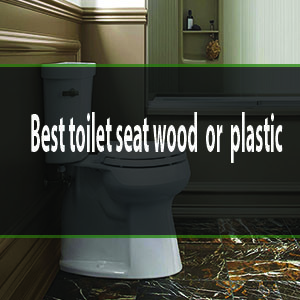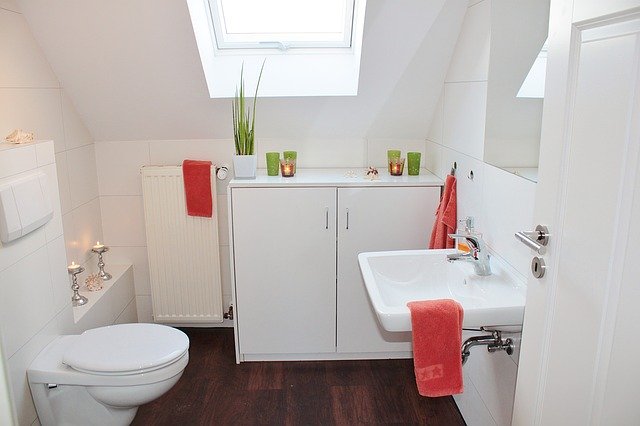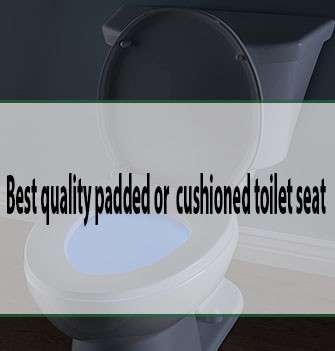Ever found yourself wondering about the height of a handicap toilet? You’re not alone.
Whether you’re designing a new bathroom or simply curious about accessibility standards, understanding the right height is crucial. It’s about ensuring comfort, safety, and convenience for everyone, especially those with mobility challenges. Imagine transforming your bathroom into a space where everyone feels at ease, all by getting this one detail right.
In this guide, we’ll explore what makes a handicap toilet different and why its height is a key factor. Ready to make your space more inclusive and user-friendly? Let’s dive into the details!
Table of Contents
Standard Dimensions
The height of a handicap toilet is important. It helps many people. The seat is usually 17 to 19 inches from the floor. This is higher than regular toilets. It makes sitting and standing easier. Grab bars are often nearby. They provide extra support. These bars are usually 33 to 36 inches from the floor. This helps users feel safe. The space around the toilet is also important. There should be enough room for a wheelchair. This makes sure everyone can use the toilet comfortably.
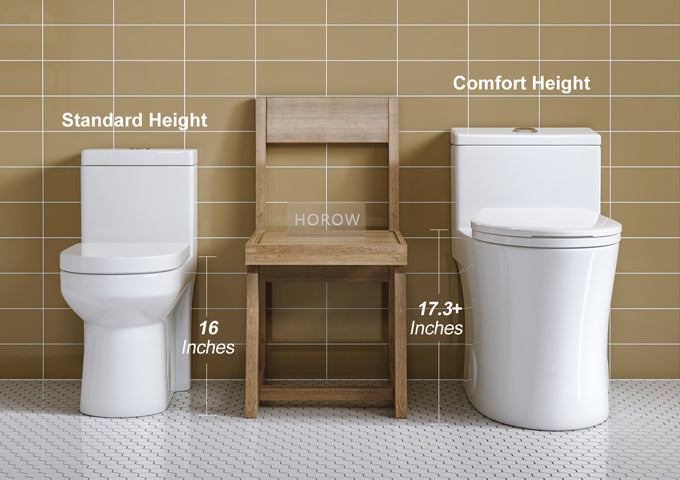
Credit: horow.com
Ada Compliance
Handicap toilets must meet ADA standards for height. These rules help people who use wheelchairs. The toilet seat should be 17 to 19 inches from the floor. This height makes it easy for people to move from a wheelchair to the toilet.
Rules are strict for handicap toilets. They ensure safety and accessibility. Toilets must have grab bars for support. Bars must be on the walls next to the toilet. They help users to stand or sit.
Proper height improves access for everyone. It makes public spaces more welcoming. People with disabilities feel more independent. This is important for equal access. Everyone deserves to use facilities comfortably. It is not just a rule; it is a necessity.
Installation Considerations
Determining the right height for a handicap toilet is important for accessibility. Typically, these toilets are 17 to 19 inches high from the floor to the seat. This height ensures comfort and ease for users with mobility challenges.
Optimal Height For Different Users
Choosing the right height for a handicap toilet is crucial. Most toilets are set at 17 to 19 inches high. This height helps many users, especially those with mobility issues. Kids might need a lower height. Adults usually find this height comfortable. Seniors often need a bit more height. Their knees and hips feel better at this level.
Space And Layout Requirements
Space matters in bathroom design. Handicap toilets need clear space around them. This space helps users move easily. Wheelchairs need room to turn and park. Grab bars near the toilet provide support. They help users sit and stand safely. Doors should open wide. This allows easy access for everyone. Proper layout ensures safety and comfort.
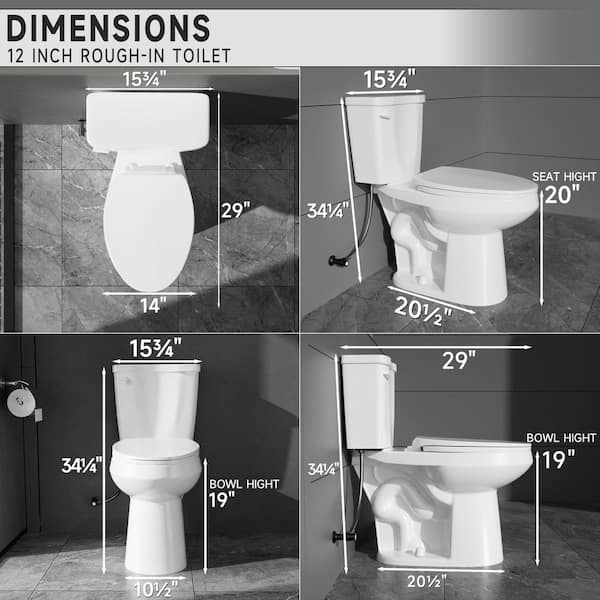
Credit: www.homedepot.com
Types Of Handicap Toilets
Wall-mounted toilets save space. They are great for small bathrooms. The height can be adjusted. This makes it easy for everyone to use. These toilets are stylish. They look modern. They are easy to clean. The floor stays clear. Some people prefer them for their sleek look.
Floor-mounted toilets are more common. They are sturdy. Height is fixed. Perfect for regular use. Easy to install. Most homes have them. They can fit any bathroom style. Maintenance is simple. These toilets are reliable. They last for years.
Benefits Of Proper Height
Handicap toilets have a special height. They are taller than regular toilets. This makes them easy to use. People find it more comfortable. Especially those with mobility issues. The proper height helps in reducing strain.
It makes sitting and standing easier. This is important for elderly and disabled people. They feel more at ease. This simple change can make a big difference.Proper height means fewer falls. It offers better stability. People can hold on to grab bars easily. This reduces the chance of slipping. Safety is a priority in bathrooms. Handicap toilets help achieve this. Accidents decrease with the right toilet height. It provides peace of mind for everyone.

Credit: www.rethinkaccess.com
Common Mistakes
Misjudging the height of a handicap toilet is a common mistake. It should be 17 to 19 inches from the floor to the seat. Incorrect measurements can affect accessibility and comfort.
Incorrect Measurements
Many people make errors with toilet height measurements. A handicap toilet needs a specific height. It should be between 17 to 19 inches from the floor. This is important for wheelchair users. Incorrect measurements can lead to discomfort. It can also cause safety issues. Always use a measuring tape. Double-check your measurements. Make sure it fits handicap standards.
Non-compliance Issues
Non-compliance with ADA standards is common. The Americans with Disabilities Act sets rules. These rules ensure accessibility. A toilet not meeting these rules is a problem. It can lead to fines. It may cause user inconvenience. Always follow the guidelines. Ensure toilets are ADA compliant. This helps everyone use them safely.
Future Trends
Handicap toilets are getting more creative. Designers are thinking of new ways to make them better. They add smart features and colors. These toilets can fit in small places. This helps more people use them.
Some toilets even have adjustable heights. People can change the height with a button. This helps kids and adults. It makes the toilet more useful for everyone.
New technology is making toilets smarter. Some toilets have sensors. They can flush without touching. Others have warm seats. This is nice in cold weather.
There are even toilets with music. They play songs while you use them. These features make the toilet feel special. They show how toilets are changing with technology.
Frequently Asked Questions
What Is The Standard Height For Handicap Toilets?
The standard height for handicap toilets is typically 17 to 19 inches. This height is measured from the floor to the top of the toilet seat. It ensures accessibility and comfort for users with disabilities.
Are Handicap Toilets Required In Public Restrooms?
Yes, handicap toilets are required in public restrooms according to ADA guidelines. These guidelines ensure accessibility for individuals with disabilities. Compliance helps businesses avoid legal issues and promotes inclusivity.
How Does Toilet Height Affect Accessibility?
Toilet height affects accessibility by providing ease of use for those with mobility issues. A higher toilet seat reduces strain and makes transfers easier. Proper height ensures safety and comfort for users.
Do Handicap Toilets Have Other Accessibility Features?
Yes, handicap toilets often include features like grab bars for support. They may have flush controls that are easy to reach. These features enhance safety and independence for users with disabilities.
Conclusion
Ensuring the right height for handicap toilets is crucial. It provides comfort and accessibility. Standard measurements usually range from 17 to 19 inches. This helps individuals with disabilities. Installation must follow ADA guidelines. Proper height supports easy transfers. It reduces risks and enhances safety.
Choosing the right toilet height improves quality of life. It offers independence and dignity. Check local regulations for compliance. Consider user needs before installation. Comfort and accessibility are paramount. A well-placed toilet makes a big difference. Choose wisely for better bathroom experiences.


